This article was co-authored by Neal Blitz, DPM, FACFAS and by wikiHow staff writer, Hannah Madden. Dr. Neal Blitz is a Podiatrist and Foot & Ankle Surgeon who runs private practices in New York City and in Beverly Hills, California. Dr. Blitz is “The Bunion King®” and is the creator of the Bunionplasty® Procedure (plastic surgery for bunions) which has revolutionized bunion surgery. He has over 17 years of podiatric experience and specializes in minimally invasive foot and ankle surgery. Dr. Blitz received his DPM from the New York College of Podiatric Medicine, then completed a residency focused on Elective & Reconstructive Foot & Ankle Surgery at the Swedish Medical Center, and was awarded an AO Trauma fellowship in Dresden, Germany, focused on trauma and reconstructive techniques. He is board certified in Foot Surgery and Reconstructive Rearfoot & Ankle Surgery and is also a Diplomate of the American Board of Foot & Ankle Surgery and a fellow of the American College of Foot & Ankle Surgeons (FACFAS).
There are 9 references cited in this article, which can be found at the bottom of the page.
wikiHow marks an article as reader-approved once it receives enough positive feedback. In this case, 100% of readers who voted found the article helpful, earning it our reader-approved status.
This article has been viewed 183,967 times.
Trench foot, also called immersion foot, develops when your feet are exposed to cold, unsanitary water for long periods of time—many hours or days in a row. Trench foot still occurs in modern war zones, disaster areas, and outdoor events mired by rain or flooding. Fortunately, treating and preventing the condition is straightforward, and mild cases can even be dealt with at home. Keep reading this article to learn more about trench foot and when it’s time to seek medical care.
Things You Should Know
- The symptoms of trench foot include red skin, numbness, tingling pain, swelling, and blisters.
- To treat trench foot, wash and dry your feet, and keep them warm and clean.
- Seek medical attention if your symptoms get worse or if your skin turns blue, green, or black.
- Prevent trench foot by wearing moisture-wicking socks and footwear that fits properly.
Steps
Expert Q&A
-
QuestionHow serious is a foot infection?
 Neal Blitz, DPM, FACFASDr. Neal Blitz is a Podiatrist and Foot & Ankle Surgeon who runs private practices in New York City and in Beverly Hills, California. Dr. Blitz is “The Bunion King®” and is the creator of the Bunionplasty® Procedure (plastic surgery for bunions) which has revolutionized bunion surgery. He has over 17 years of podiatric experience and specializes in minimally invasive foot and ankle surgery. Dr. Blitz received his DPM from the New York College of Podiatric Medicine, then completed a residency focused on Elective & Reconstructive Foot & Ankle Surgery at the Swedish Medical Center, and was awarded an AO Trauma fellowship in Dresden, Germany, focused on trauma and reconstructive techniques. He is board certified in Foot Surgery and Reconstructive Rearfoot & Ankle Surgery and is also a Diplomate of the American Board of Foot & Ankle Surgery and a fellow of the American College of Foot & Ankle Surgeons (FACFAS).
Neal Blitz, DPM, FACFASDr. Neal Blitz is a Podiatrist and Foot & Ankle Surgeon who runs private practices in New York City and in Beverly Hills, California. Dr. Blitz is “The Bunion King®” and is the creator of the Bunionplasty® Procedure (plastic surgery for bunions) which has revolutionized bunion surgery. He has over 17 years of podiatric experience and specializes in minimally invasive foot and ankle surgery. Dr. Blitz received his DPM from the New York College of Podiatric Medicine, then completed a residency focused on Elective & Reconstructive Foot & Ankle Surgery at the Swedish Medical Center, and was awarded an AO Trauma fellowship in Dresden, Germany, focused on trauma and reconstructive techniques. He is board certified in Foot Surgery and Reconstructive Rearfoot & Ankle Surgery and is also a Diplomate of the American Board of Foot & Ankle Surgery and a fellow of the American College of Foot & Ankle Surgeons (FACFAS).
Board Certified Podiatrist Foot infections are very serious. If you suspect you have a foot infection, visit your healthcare provider right away.
Foot infections are very serious. If you suspect you have a foot infection, visit your healthcare provider right away. -
QuestionHow can I prevent trench foot?
 Neal Blitz, DPM, FACFASDr. Neal Blitz is a Podiatrist and Foot & Ankle Surgeon who runs private practices in New York City and in Beverly Hills, California. Dr. Blitz is “The Bunion King®” and is the creator of the Bunionplasty® Procedure (plastic surgery for bunions) which has revolutionized bunion surgery. He has over 17 years of podiatric experience and specializes in minimally invasive foot and ankle surgery. Dr. Blitz received his DPM from the New York College of Podiatric Medicine, then completed a residency focused on Elective & Reconstructive Foot & Ankle Surgery at the Swedish Medical Center, and was awarded an AO Trauma fellowship in Dresden, Germany, focused on trauma and reconstructive techniques. He is board certified in Foot Surgery and Reconstructive Rearfoot & Ankle Surgery and is also a Diplomate of the American Board of Foot & Ankle Surgery and a fellow of the American College of Foot & Ankle Surgeons (FACFAS).
Neal Blitz, DPM, FACFASDr. Neal Blitz is a Podiatrist and Foot & Ankle Surgeon who runs private practices in New York City and in Beverly Hills, California. Dr. Blitz is “The Bunion King®” and is the creator of the Bunionplasty® Procedure (plastic surgery for bunions) which has revolutionized bunion surgery. He has over 17 years of podiatric experience and specializes in minimally invasive foot and ankle surgery. Dr. Blitz received his DPM from the New York College of Podiatric Medicine, then completed a residency focused on Elective & Reconstructive Foot & Ankle Surgery at the Swedish Medical Center, and was awarded an AO Trauma fellowship in Dresden, Germany, focused on trauma and reconstructive techniques. He is board certified in Foot Surgery and Reconstructive Rearfoot & Ankle Surgery and is also a Diplomate of the American Board of Foot & Ankle Surgery and a fellow of the American College of Foot & Ankle Surgeons (FACFAS).
Board Certified Podiatrist Keep your feet dry as much as possible. Don't walk around in the rain or wear wet socks for days on end. If you do develop trench foot, seek care immediately so you can dry out your feet and prevent or treat any infection.
Keep your feet dry as much as possible. Don't walk around in the rain or wear wet socks for days on end. If you do develop trench foot, seek care immediately so you can dry out your feet and prevent or treat any infection.
Warnings
- Trench foot is dangerous, and severe trench foot can even lead to amputation. If your symptoms are severe or get worse, seek medical attention right away.[22]⧼thumbs_response⧽
References
- ↑ https://www.osha.gov/sites/default/files/2018-11/fy12_sh-23584-12_TrenchFoot.pdf
- ↑ https://www.osha.gov/sites/default/files/2018-11/fy12_sh-23584-12_TrenchFoot.pdf
- ↑ https://www.osha.gov/sites/default/files/2018-11/fy12_sh-23584-12_TrenchFoot.pdf
- ↑ https://ohioline.osu.edu/factsheet/aex-892223
- ↑ https://ohioline.osu.edu/factsheet/aex-892223
- ↑ Neal Blitz, DPM, FACFAS. Board Certified Podiatrist. Expert Interview. 22 April 2020.
- ↑ https://www.ncbi.nlm.nih.gov/pmc/articles/PMC4923033/
- ↑ https://academic.oup.com/milmed/article/183/suppl_2/168/5091130?login=false
- ↑ https://academic.oup.com/milmed/article/183/suppl_2/168/5091130?login=false
- ↑ Neal Blitz, DPM, FACFAS. Board Certified Podiatrist. Expert Interview. 22 April 2020.
- ↑ Neal Blitz, DPM, FACFAS. Board Certified Podiatrist. Expert Interview. 22 April 2020.
- ↑ https://ohioline.osu.edu/factsheet/aex-892223
- ↑ https://www.sportsmedtoday.com/trench-foot-va-222.htm
- ↑ http://www.emdocs.net/brrr-ed-presentation-evaluation-and-management-of-cold-related-injuries/
- ↑ https://www.ncbi.nlm.nih.gov/pmc/articles/PMC4923033/
- ↑ https://www.worldwidejournals.com/indian-journal-of-applied-research-(IJAR)/recent_issues_pdf/2016/February/February_2016_1454507519__130.pdf
- ↑ https://ohioline.osu.edu/factsheet/aex-892223
- ↑ https://academic.oup.com/milmed/article/183/suppl_2/168/5091130?login=false
- ↑ https://www.worldwidejournals.com/indian-journal-of-applied-research-(IJAR)/recent_issues_pdf/2016/February/February_2016_1454507519__130.pdf
- ↑ https://www.worldwidejournals.com/indian-journal-of-applied-research-(IJAR)/recent_issues_pdf/2016/February/February_2016_1454507519__130.pdf
- ↑ https://nhchc.org/wp-content/uploads/2019/08/CaseReportTrenchFoot062707.pdf
- ↑ https://ohioline.osu.edu/factsheet/aex-892223
About This Article
To treat trench foot, seek medical attention as soon as you notice symptoms, like itchy feet, swelling, or cold blotchy skin. If it's determined that you have a mild case of trench foot, you can treat it at home by cleaning and drying your feet as often as you can, including replacing socks and other footwear that gets wet. Try taking a warm foot bath if your feet are cold, but avoid using hot water since this can worsen your condition. When you go to bed, keep socks off so its easier for the blood to circulate around your feet. If swelling or pain persists, consider taking an over-the-counter medication, like ibuprofen, to combat the symptoms. Return to the doctor straight away if you see signs of infection, like redness or swelling. For tips on how to tell if your trench foot has caused tissue death, which is a medical emergency, read on!
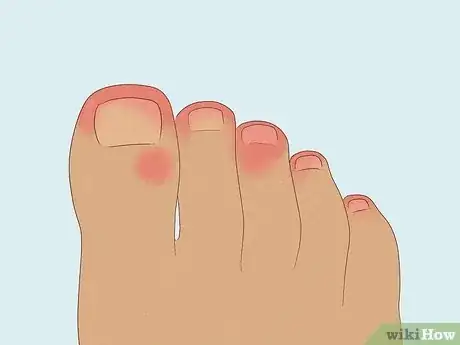
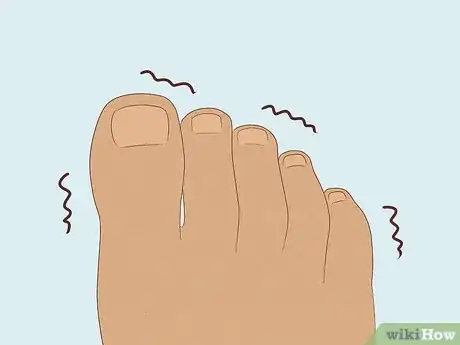
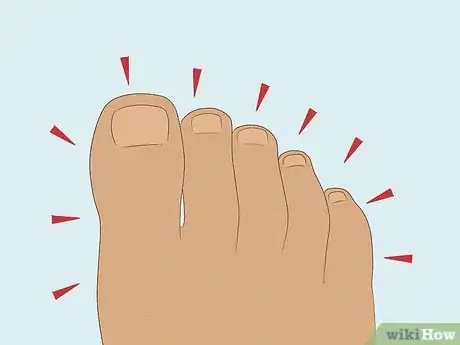
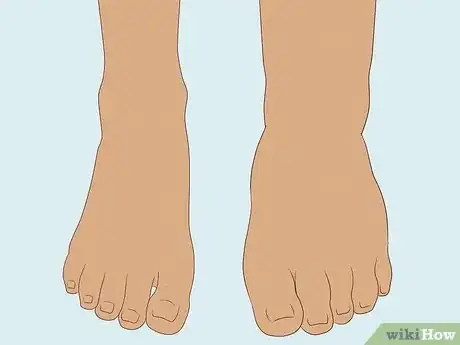
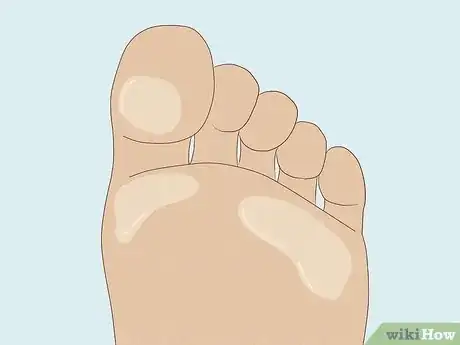
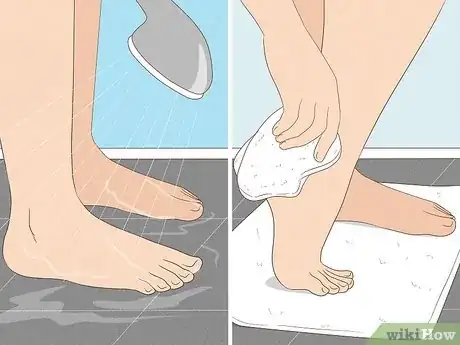

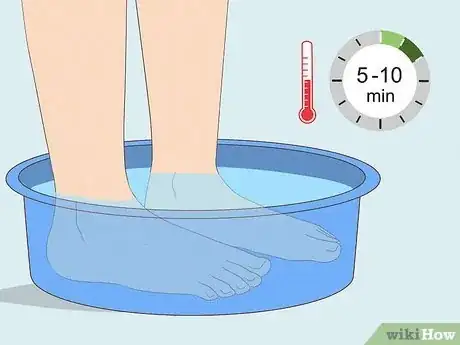
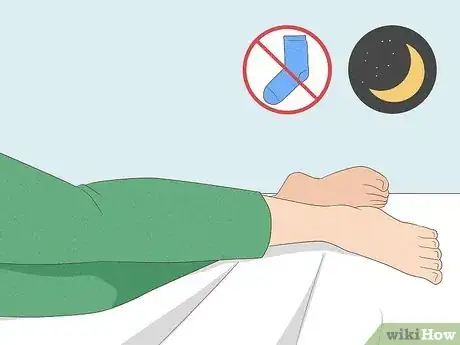

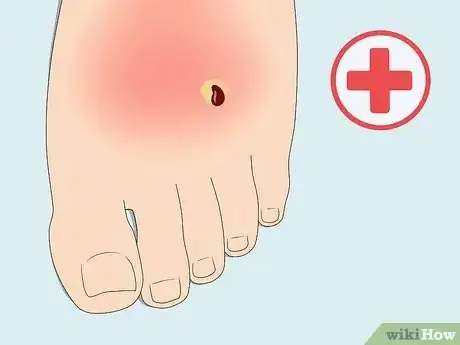
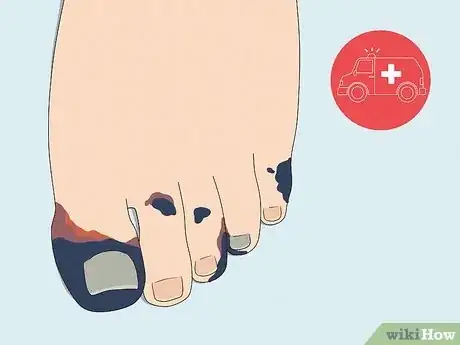
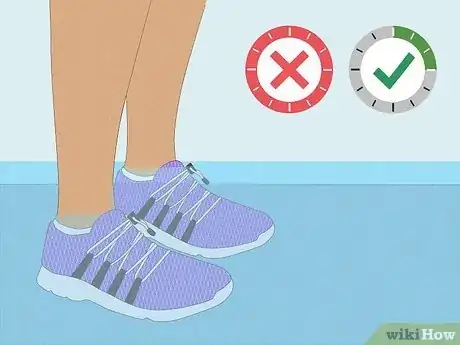
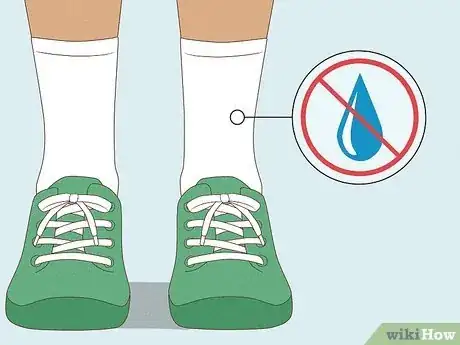

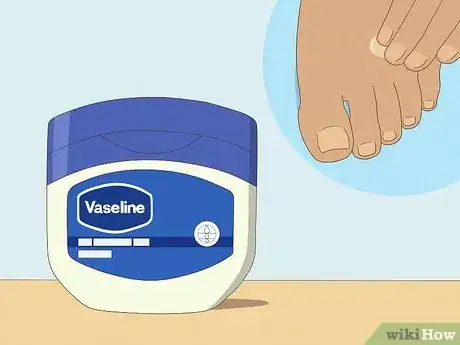
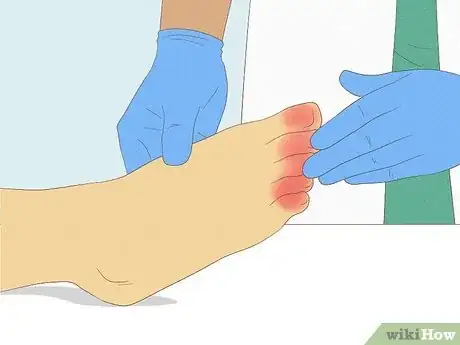
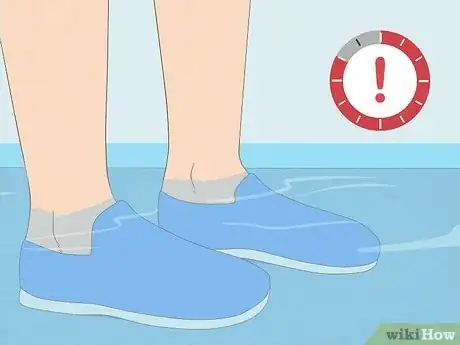
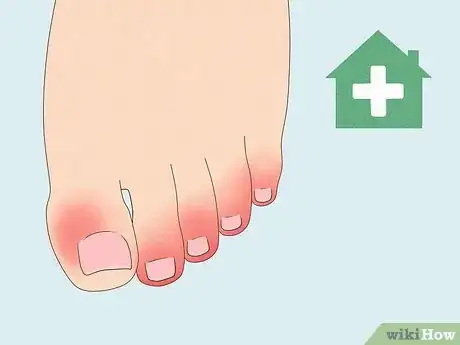






-Step-14-Version-2.webp)



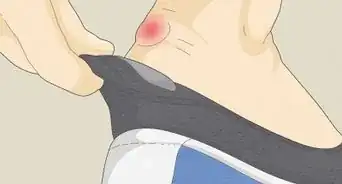
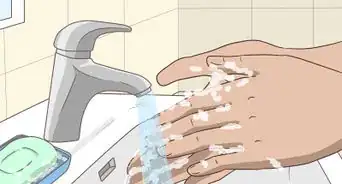


















































Medical Disclaimer
The content of this article is not intended to be a substitute for professional medical advice, examination, diagnosis, or treatment. You should always contact your doctor or other qualified healthcare professional before starting, changing, or stopping any kind of health treatment.
Read More...